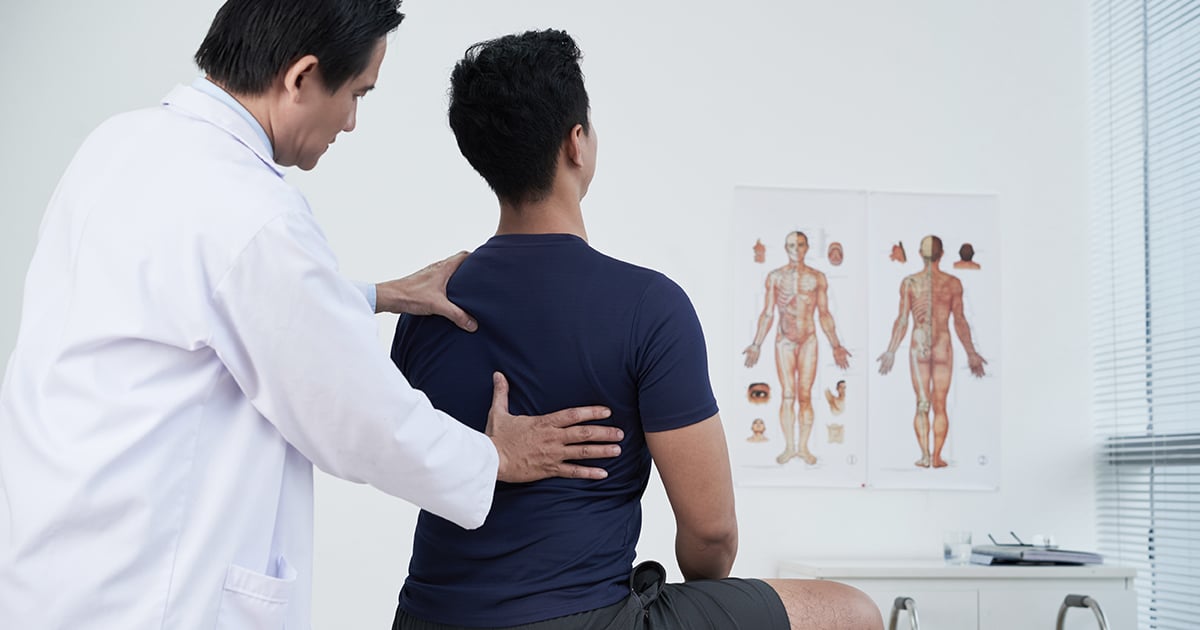FREQUENTLY ASKED QUESTIONS FOR SPINE SURGERY
Information for After Surgery
- The patient will awake from surgery with various tubes attached to the body that may include a urinary catheter, IVs, a tube to drain blood from the wound, and one to record the vitals of various organs.
- After the patient awakes, the doctor will conduct a full evaluation of the nervous system, for example the patient may be asked to move their toes, ankles, or to wiggle their big toe
- After surgery, patients that do not need to go to Intensive Care (ICU) will be moved to the rehabilitation room for observation. This may last approximately 1-2 hours.
- Patients who require close observation (such as older patients) will be moved to ICU for approximately 1 day before being moved to a regular room.
- For certain spine surgeries it may be necessary to not eat or drink for a period of time after the operation. However, patients without this specification will be able to drink fluids within 24 hours of the surgery.
- If the patient feels pain in the surgical wound area, they should inform the nurse who will provide painkillers. This pain should subside with 2-3 days.
- Patients who received anesthesia and needed a breathing tube may experience pain the throat, dry lips, and may feel nauseous after the surgery.
- Patients who receive an epidural or other suppressive may still feel some minor effects while the medicine runs its course. They should be careful not to touch things that are extremely hot or cold by accident due to the numbness.
- If after surgery patients experience incontinence or are unable to urinate, they should inform the nurse, as a urinary catheter may be required.
When can I begin walking?
Normally the patient will be able to stand and attempt to walk on the second or third day after surgery. All catheters can also then be removed. However, this is up to your doctor’s discretion as each patient’s condition may vary.
When can the wound get wet?
The surgical wound will only be able to get wet once it has completely healed. This may take approximately 10-14 days. Your doctor will examine the wound before you leave hospital and advise accordingly.
Why do some wounds heal slower than others?
The rate at which a wound heals will depend on the size, depth, location, and blood circulation around the wound. Also to be considered are the patient’s own strength, age, nutrition, and any other underlying conditions that may stall the healing process such as diabetes.
Does the suture need to be removed?
This will depend on the type of suture used, which may or may not be dissolvable. Your doctor will inform you about this. Generally non-dissolvable sutures will be removed 10-14 days following the surgery.
When should I return to the hospital?
This will depend on your doctor’s advice; however the time period for a follow-up consultation is approximately 7-10 days.
What are indicators that the wound is not healing properly?
The wound area may still cause pain even after some time has passed. Symptoms may include swelling, redness, fever, excretion of pus, and increased back pain. It is recommended to seek medical treatment if you experience these symptoms.
How long after the surgery will I have to wear a Brace?
Certain spine surgeries will require that you wear a back Brace. Generally, these will have to be worn for approximate 1-2 months or up to your doctor’s discretion.
How many days before I can return to work?
The majority of patients will feel much better within 2-3 weeks and can return to work. However, some cases may require a longer recuperation time of 4-8 weeks before they are able to return to work. This will all depend on the patient’s own strength, the nature of the work, and the type of surgery.
Recommendations once you return home
1st Week
- Take daily walks around the house as often as possible. Gradually increase the distance and time and do not forget to wear the back or neck brace (if required), and use a cane if necessary
- Try not to sit still for more than 20 minutes at a time
- Take extra care when navigating up and down stairs
- Take medication as prescribed by your physician
- Clean and care for your surgical wound as advised
2nd Week
- You can now engage in more activities, walk farther and more often. However, do not forget to rest if you feel tired or weary.
- You are able to lift items weighing no more than 2 k.g.
- Patients who experience fast recovery and no longer feel any pain can attempt to drive short distances.
3rd Week
- Continue your walking exercises whilst increasing distance and time
- You will able to do light chores around the house
- You are able to lift items weighing no more than 5 k.g.
- Younger patients will usually recuperate more quickly and will not require the use of a cane or brace.
Week 4
- Continue your walking exercises whilst increasing distance and time
- You are now able to perform light exercises and more chores
- You are able to drive longer distances
- You are able to walk without the use of a cane or brace according to your doctor’s discretion
In the second and third month following surgery you will be able to expand your range of activities to include swimming, biking in a stationary positioning, and performing exercises that are not too demanding. However, you may still experience some stiffness for the next 3-5 months. Further advice may be given following spine surgery dependent the results of the patient’s assessment and the type of surgery. It is recommended that any advice given by your doctor is followed, especially with regards to follow-up appointments.
Do’s and Don’ts After Spine Surgery
Don’ts
- Avoid activities that require you to bend over frequently or for long periods of time
- Do not bend over to pick things, it is recommended to slowly bend your knees
- Avoid lifting heavy weights and physical exertion
- Try not to be in places with high vibrations
- Do not sit still for long periods of time. If your work requires that you sit for long periods then try to adjust your position every hour.
Do’s
- Take frequent walks and increase distance and time gradually
- Wear shoes that are shock absorbent i.e. running shoes
- If stiffness persists once the wound has healed, it is recommended that you exercise by swimming to stretch and build muscle
Will I be able to drive long distances?
You will be able to drive once the pain has subsided. Normally, patients will be able to drive within approximately 2 weeks and will be able to drive for long distances after 2-3 months. However, regular long-distance drives are to be avoided. If your work requires driving, it is recommended you take a short rest every 1-2 hours.
Spine Center Bangkok International Hospital Contact Center Call. 1719 Call. 0-2755-1549, 0-2755-1550 Fax 0-2755-1074 E-mail: [email protected]







